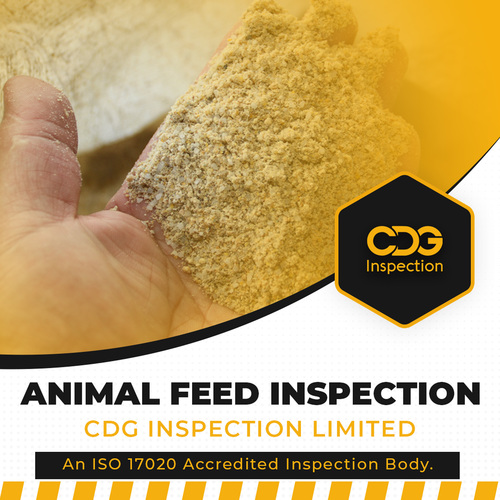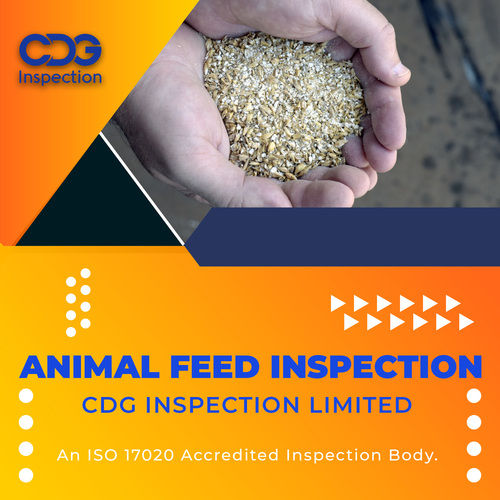Animal Feed Inspection Services in Pune
Product Details:
X
Product Description
CIL Provides Accredited Animal Feed Inspection Services in Pune, Maharashtra, Food is deemed to be unsafe if it has an adverse effect on human health or it would make the food derived from food producing animals unsafe for human consumption. Animal feed plays a critical role in the production of safe and nutritious food. There are several considerations that enhance quality and effective decision making in the feed and food production chain(s). Feed sampling and analyses are essential parts of the processes to ensure that feedstuffs and the resultant food animals meet all necessary standards. The reliability and quality of the analysis depends on the accuracy of sampling. Therefore adequate care must be taken to ensure that the analytes are handled in a way that will prevent degradation and errors. Where a feed which has been identified as not satisfying the feed safety requirement is part of a batch, lot or consignment of feed of the same class or description, it shall be presumed that all of the feed in that batch, lot or consignment is so affected, unless following a detailed assessment there is no evidence that the rest of the batch, lot or consignment fails to satisfy the feed safety requirement. This is an important point if you get an adverse sample result when sampling. Finished Feed Quality, In many situations, feeds are used rapidly following manufacture and animals consume the feeds before any assays can be performed. However, finished feed assays are necessary and important because they provide the mill with a final report card on how well quality was controlled. How much finished feed sampling and analysis should be done, While the answer to that question will depend on numerous factors, a general rule of thumb is to collect one sample of each formula per week or one sample per 100 tons of production, whichever is greater. When a problem is discovered, it should be addressed and resolved as soon as possible. The steps outlined below are one method of addressing finished feed problems, Is the assay correct, Ask the lab to recheck the assay and continue to examine the problem. How was the sample taken, Was the sample representative, You may want to resample it if the material is still available. Is only one nutrient level out of control or are several, This could be clue as to whether a certain ingredient was left out of the formula. Was the regular crew operating the mill when the feed was produced, Check inventory records for any discrepancies between the actual and predicted inventory records. Check the scales and metering devices for correct adjustment. Check ingredient and finished feed bins at the feed mill for hang ups or bridging problems. Recheck the mixing time to be certain it is correct for the ration involved. Check the ingredient as say values to see if they indicate a deficient load was received. If a deficient load was received, contact you ingredient supplier immediately. Check the formula matrix to be certain that ingredient assay values are correct and reflect the values presently being received. After going through these 10steps, it is possible that you may still not know what caused the problem. While this is frustrating, your efforts have not been in vain. Laboratory personnel, the mill crew, the office staff, the nutritionist and several other persons have all become aware of your companies dedication to the production of high quality feeds. If problems are consistently addressed as they occur, the mental image of dedication to quality will become fixed in the minds of the people involved and this image can only work for your good.Enter Buying Requirement Details






